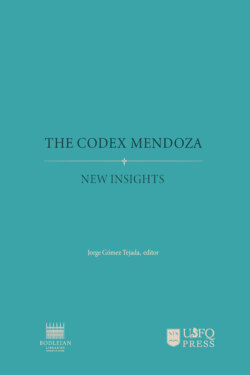Описание книги
Interpretative studies of the manuscript in this volume represent a line of inquiry that, by considering the manuscript from the complex perspectives of the work of art, literature, and bibliography, complement previous anthropological and historical readings of the Codex Mendoza. My essays as well as those by Diana Magaloni and Daniela Bleichmar reconsider the number and style of the artists who produced the manuscript in order to understand both the process by which it was created as well as the place it occupies in the artistic context of the early viceroyalty. Far from entering a binary relation between subjugator and subjugated, the decisions made by these artists and intellectuals manifest the forms of thinking and seeing time and space in the Mesoamerican world. I demonstrate that the pictures in the Codex Mendoza were painted in a workshop in which one, two, or more individuals collaborated on each page to create a single composition; as such, the creation of these pictures took on an air of rituality and functioned as «an instrument to recreate, reactualize, and make coherent the historical becoming linked to territory with cosmic patterns» (Magaloni, this volume). This last observation complements and reinforces Joanne Harwood's proposed reading of the third section of the manuscript. For Harwood, notwithstanding the originality of the visual solutions used to compose this section of the manuscript, the Codex Mendoza's pre-Columbian model resonates with a Mesoamerican religious genre: the teoamoxtli.
